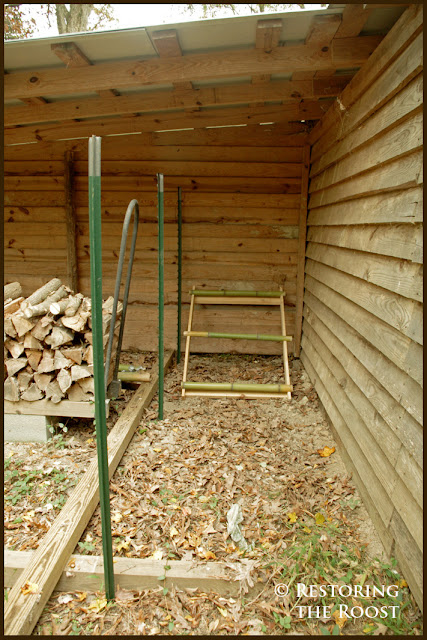In preparation for winter's onset, I planned to dry some of our beans and legumes from the garden for eating later on. It is interesting how I am learning nature's seasonal cycles in terms of food preservation and the how our diet naturally changes with the seasons.
Remember my post on shuck beans? Well, I began drying small batches strung up with thread in my entryway, and prior to Thanksgiving they were all dried out and ready for cooking:
 |
| shuck beans dried and still strung together |
My shuck beans aren't that great looking-- I think partly because I either picked them too early on and did not let the pods fully mature, or I didn't have the right kind of bean. Either way, we tried a batch for Thanksgiving and I'm going to try another batch for a special dinner sometime in January or February. They actually turned out pretty good after simmering all day!
 |
| rather sad-looking shuck beans |
I also dried all my southern peas this year. I plan to soak them before using and toss them in with some other dried bean varieties, onion, and some sort of fat or bacon to stew for hours on the stove on a cold winter day.
 |
| dried southern peas- I stored them in a breathable burlap bag after harvesting so that they could fully dry out |
I am in love with roasted pumpkin seeds, and we happen to have tons of them from all our decorative pumpkins that graced our steps in October. To roast and dry, simply toss with olive oil and seasoned salt and pop in a 350 degree oven for about half an hour.
Another thing we tried a few weeks back were home-made apple chips from fresh local apples grown here in North Carolina. Although not from our garden, at least they were grown in our state! They were easy to make and extremely addicting. To make them, slice the apples thin with a mandoline if you have one, sprinkle with cinnamon sugar and bake on a low temperature for about a half an hour or so on each side until apple slices are dried into chips.
 |
| homemade apple chips |
Have you saved and dried any foods from your garden to enjoy this winter?
Linking to:







































